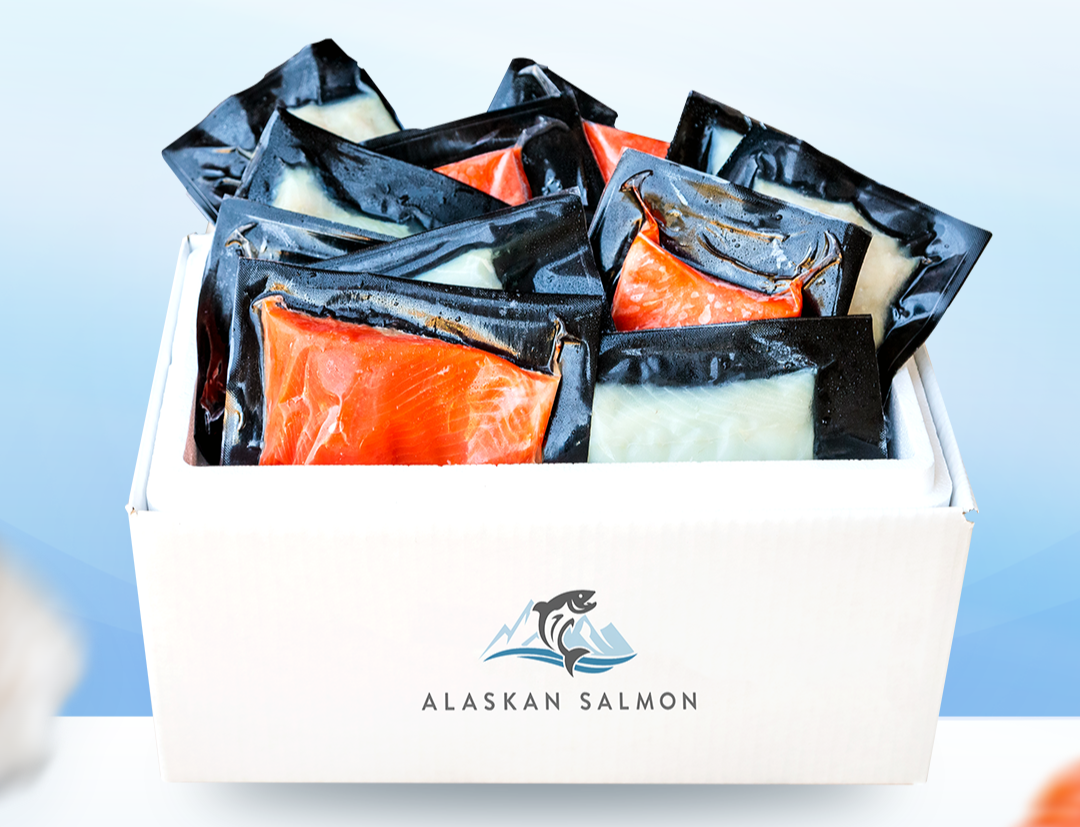Nigiri vs. Sashimi: What’s the Difference?
Updated on Nov 26, 2025
Nigiri and sashimi are two popular dishes you’ll see at sushi restaurants, and while they both can include raw fish, they aren’t the same. Their ingredients, preparation, and even how they’re served make each dish unique.
In this article, we’ll explain what nigiri is, what sashimi is, and how they compare side by side. You’ll learn about their main ingredients, taste, preparation, and serving styles so you can easily decide which one sounds best for your next sushi experience.
What is Nigiri?
Nigiri is a traditional type of sushi that comes from Japan. It’s made with a small, hand-formed mound of seasoned rice topped with a thin slice of fish or seafood — usually raw. Common toppings include salmon, tuna, shrimp, and eel. Sometimes a tiny bit of wasabi is placed between the rice and the fish to add extra flavor.
Even though nigiri may look simple, it takes skill to prepare. Sushi chefs spend years learning to shape the rice just right, so it holds together without being too packed or too loose. The balance between the rice and the topping is what makes great nigiri taste so fresh, light, and satisfying.
Nigiri is perfect for people who enjoy the combination of soft, slightly sticky rice with tender seafood.
What is Sashimi?
Sashimi is made of thinly sliced raw fish served without rice. It emphasizes the freshness, quality, and natural flavor of the seafood. Seasonal garnishes, such as shredded daikon radish, shiso leaves, or a touch of wasabi, are usually added to enhance the presentation, texture, and taste.
There are different types of sashimi depending on the fish or seafood used. Popular examples include salmon, tuna, mackerel, and octopus.
Preparing sashimi takes skill and precision. Chefs use specific slicing techniques to bring out the best qualities of each fish, whether it’s the delicate texture, subtle flavor, or rich marbling. Only high-grade sushi or sashimi-quality fish is used to ensure both safety and an exceptional dining experience.
Sashimi is perfect for anyone who wants to enjoy the pure taste of fresh seafood in a simple, elegant presentation.
Related: Sashimi vs. Sushi
Nigiri vs. Sashimi
Let’s see the difference between nigiri and sashimi. This table highlights their main ingredients, preparation, taste, and serving style:
| Nigiri | Sashimi | |
| Main ingredient | Sushi rice topped with a slice of fish or seafood | High-quality raw fish or seafood alone |
| Rice | Yes, hand-formed seasoned rice | None |
| Fish | Thin slice placed on top of rice | Thin slices arranged on a plate |
| Preparation | Rice is shaped by hand; fish is carefully sliced and placed on top | Fish is sliced precisely; garnishes added for presentation |
| Taste | Balanced flavor of rice and fresh fish; mild and smooth | Pure, clean taste of the fish; texture and freshness stand out |
| Serving suggestion | Often served in pairs; can include wasabi or soy sauce | Presented with garnishes like daikon, shiso, or a touch of wasabi; eaten with chopsticks |
Choosing Between Nigiri and Sashimi
Deciding between nigiri or sashimi mostly comes down to your taste preferences and how you want to enjoy your meal. If you prefer a combination of seasoned rice with fresh fish, nigiri is the better choice.
On the other hand, if you want to savor the pure, unadulterated taste of high-quality seafood, sashimi is the way to go. It’s an elegant, simple option that highlights the fish’s natural flavors and texture.
For sushi newcomers, trying both can help you experience the unique qualities of each dish.
Summary
Nigiri and sashimi are both delicious Japanese dishes that showcase raw fish, but they differ in key ways. Knowing their differences can help you choose the perfect dish for your next sushi meal.
Enjoy a fresh, restaurant-quality experience at home with our Premium Fish Variety Gift Box – Assorted Filets. All filets are wild-caught and sushi-grade. They’re perfect for making your own nigiri, sashimi, or other sushi creations.








